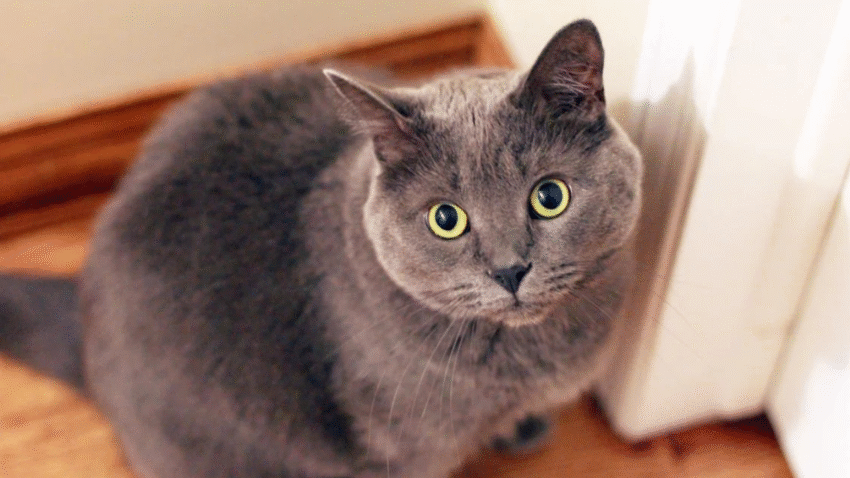Introduction
Is your cat scratching nonstop, vomiting after meals, or dealing with chronic ear infections? These could be signs of a food allergy. In this guide, you’ll learn how to tell if your cat has a food allergy, how to pinpoint the culprit ingredient, and what steps to take to keep your feline friend healthy and comfortable. Food allergies can be sneaky, but this step-by-step approach will help you detect and manage them with confidence.
Why Food Allergies Matter for Cats
Food allergies in cats are more common than many owners realize. They occur when the immune system mistakenly identifies a protein or other ingredient in food as harmful and reacts with symptoms like skin irritation, digestive upset, or ear infections.
Left untreated, food allergies can lead to ongoing discomfort, poor coat quality, weight loss, or secondary infections. Recognizing and responding to symptoms early can prevent long-term issues and improve your cat’s quality of life. Understanding food allergies is crucial for your cat’s overall health and well-being.
Step-by-Step Guide to Identifying a Food Allergy in Cats
1. Watch for Common Signs
Start by observing your cat’s behavior and physical health. Signs of food allergies in cats include:
- Itchy skin – frequent scratching, especially on the face, ears, neck, or belly
- Digestive issues – vomiting, diarrhea, or frequent hairballs
- Chronic ear infections – especially if they recur even after treatment
- Excessive grooming – bald patches from over-licking
- Poor coat condition – dullness, dandruff, or inflammation
- Red or inflamed paws – particularly if your cat licks them often
2. Rule Out Fleas and Environmental Allergies
Before concluding it’s food-related, eliminate other possibilities. Flea allergies or reactions to pollen, dust, or cleaning products can mimic food allergy symptoms.
- Use vet-approved flea prevention year-round
- Switch to hypoallergenic cleaning products
- Dust and vacuum regularly
- Wash bedding and clean litter boxes frequently
3. Track Diet and Symptoms
Keep a food journal. List everything your cat eats daily — dry food, wet food, treats, and even flavored medications. Track any symptoms or changes in behavior after meals.
- Note time and type of symptoms
- Be specific about ingredients and brands
- Include changes in stool, vomiting, or energy levels
4. Try a Food Elimination Trial
This is the gold standard for diagnosing food allergies. Under veterinary guidance, feed your cat a novel protein or hydrolyzed protein diet for 8–12 weeks.
- Novel protein: a meat source your cat has never eaten (e.g., venison, rabbit)
- Hydrolyzed diet: proteins broken down into molecules too small to trigger a reaction
During this period:
- Do not give any treats, table scraps, or flavored medications
- Stick strictly to the prescribed food
- Monitor and log symptoms daily
If symptoms improve, the allergy is likely food-related.
5. Reintroduce Foods One by One
After the trial, your vet may guide you through reintroducing previous foods one at a time to identify the specific allergen. This process is slow and deliberate:
- Reintroduce one food item for 1–2 weeks
- Watch for recurrence of symptoms
- If symptoms return, remove the food and note it as a trigger
Common allergens in cats include:
- Beef
- Dairy
- Fish
- Chicken
- Eggs
- Corn
- Wheat
- Soy
Common Mistakes to Avoid
1. Guessing the Allergen Without a Trial
Avoid guessing which food is causing the allergy. You might eliminate the wrong ingredient while continuing to feed the true allergen.
2. Offering Treats During the Elimination Diet
Even one bite of a regular treat can ruin weeks of progress. Use only vet-approved treats made with the same protein source.
3. Confusing Intolerance With Allergy
Food intolerances cause digestive issues but don’t involve the immune system. Only a food allergy will cause skin reactions and immune responses.
4. Not Consulting a Veterinarian
Diagnosing food allergies can be complex. Always involve your vet to ensure you’re using a safe, effective elimination plan.
5. Rushing the Reintroduction Phase
Take it slow. Introducing too many foods too quickly can muddy the results and make it hard to tell which one caused a reaction.
Extra Tips & Recommendations
- Choose Limited Ingredient Diets: Even after identifying the allergen, stick with foods that have fewer, simpler ingredients.
- Use a Hypoallergenic Wet Food: Wet food may be easier on your cat’s digestive system and helps with hydration.
- Try a Food Puzzle Feeder: Slowing down your cat’s eating can reduce vomiting or digestive upset and improve mental stimulation.
- Supplement Wisely: Ask your vet about omega-3 fatty acids to help reduce skin inflammation.
- Keep the Environment Stable: Avoid changes to bedding, litter, or routine during the elimination phase to prevent confounding factors.
Conclusion
Food allergies in cats can be frustrating, but with patience and a structured approach, you can uncover the culprit and restore your cat’s comfort. Monitor symptoms, perform a proper elimination diet, and work closely with your vet. Your cat will thank you with healthier skin, better digestion, and improved energy. 🐾
